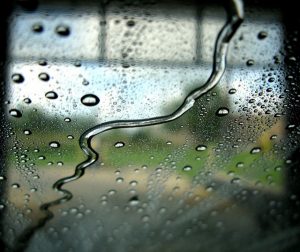Glass can tell a forensic examiner a lot
Forensic glass examination? As it turns out, broken glass can reveal a lot. While glass might not identify whodunit (unless the guilty party left fingerprints behind), the way a glass breaks can reveal a lot about how the break occurred, and what might have (or must have) happened at the time the glass broke.
For example, the way broken glass lands can reveal the direction from which the breaking force came. Stress fractures that eventually break a piece of glass can help investigators determine the height at which a bullet or other projectile was fired, the force needed to break the glass, and the direction from which the projectile came. This information can support other findings at a crime scene.
Further, glass can be examined and compared microscopically. That’s helpful because small fragments of glass can be transferred from a scene to a victim, or to the perpetrator. Being able to prove that a small sliver of glass connects a person to a crime scene can be exceptionally valuable. Typically, glass is produced regionally, so glass from different regions has different characteristics. Forensic examination can reveal the region from which the glass originated. That can also be helpful in placing a perpetrator or victim in the presence of glass that may have a unique composition.
Like other forensic techniques, forensic glass examination has become more sophisticated, and is increasingly being used to confirm other findings at crime scenes.
Glassprimer™ glass paint is a specialized glass coating that bonds permanently to glass surfaces. GlassPrimer also makes a glass surface molecular activator that is designed to work with UV-inkjet glass printing processes. Glassprimer™ glass paint can be used in both interior and exterior applications and can help reduce solar heat gain in some applications. For more information about Glassprimer™ glass paint, please visit the rest of our site. If you’d like to purchase Glassprimer™ glass paint, please visit our online store .
Photo Credit: Jasper Nance, via Flickr.com

